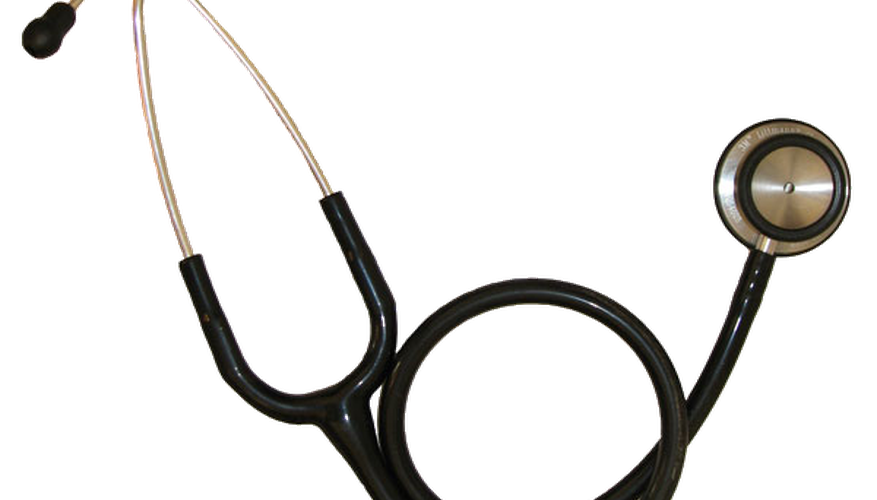A nurse can work in many different medical areas, while a midwife works only in labour and delivery. Nurses are required to receive formal education and certification, and then take further courses to become specialist midwives. Nurse-midwives have the formal education of a nurse and the hands-on experience of a midwife.
Midwife
A midwife is trained to help pregnant women deliver their babies. Midwives have been around for centuries, though formal training for midwives is relatively recent. A registered midwife typically receives a license to practice midwifery. All midwives help women during labour and delivery. They also evaluate the mother and baby postpartum. If either patient requires further medical attention, they must go to a hospital, since a midwife does not have professional medical training to handle such cases.
- A midwife is trained to help pregnant women deliver their babies.
- All midwives help women during labour and delivery.
Nurse
A nurse can work in a wide variety of medical specialities -- not just labour and delivery. A labour and delivery nurse works in the same medical field as a midwife; however, a nurse can only assist the obstetrician. A nurse is not authorised to perform the entire delivery, except in emergency situations.
Required training
Nurses must attend either nursing school or a regular university and receive a degree in nursing. Nurses must also pass licensing exams to become a registered nurse (RN). Midwives either qualify with a degree in midwifery, or take a general nursing course and then take a further eighteen month course to become a qualified midwife. All midwives must be registered with the Nursing and Midwifery Council.
- Nurses must attend either nursing school or a regular university and receive a degree in nursing.
- Nurses must also pass licensing exams to become a registered nurse (RN).
Nurse-midwife
Some nurses opt to become nurse-midwives. A nurse-midwife is a RN with specialised training in labour and delivery. Unlike a regular nurse, a nurse-midwife is authorised perform an entire delivery. Unlike a regular midwife, a nurse-midwife has formal medical training and is a RN. Nurse-midwives can provide much necessary prenatal and postnatal care for pregnant mothers.
- Some nurses opt to become nurse-midwives.
- Unlike a regular midwife, a nurse-midwife has formal medical training and is a RN.
Nurse-midwife vs. obstetrician
Largely, the choice between a midwife and a doctor is a personal one. Opting for a midwife typically means the woman will give birth at home or in another nonmedical setting. Many nurse-midwives also perform home deliveries but have access to hospitals, too. Obstetricians solely perform deliveries in hospitals. Some women argue that the home environment is a more comfortable and natural place to give birth. Other women argue that access to a hospital's onsite medical technology and medical professionals should not be sacrificed for comfort.
- Largely, the choice between a midwife and a doctor is a personal one.
- Other women argue that access to a hospital's onsite medical technology and medical professionals should not be sacrificed for comfort.
Warning
It is important to note that seeing a midwife exclusively is not recommended for high-risk pregnancies. Women who have had a previous caesarean section, are having multiples or have preeclampsia are all examples of high-risk pregnancies. Nurse-midwives often work with doctors, but midwives who work alone might not. It is best for women to see a doctor early in their pregnancies to determine whether they are high-risk.
- It is important to note that seeing a midwife exclusively is not recommended for high-risk pregnancies.
- It is best for women to see a doctor early in their pregnancies to determine whether they are high-risk.
